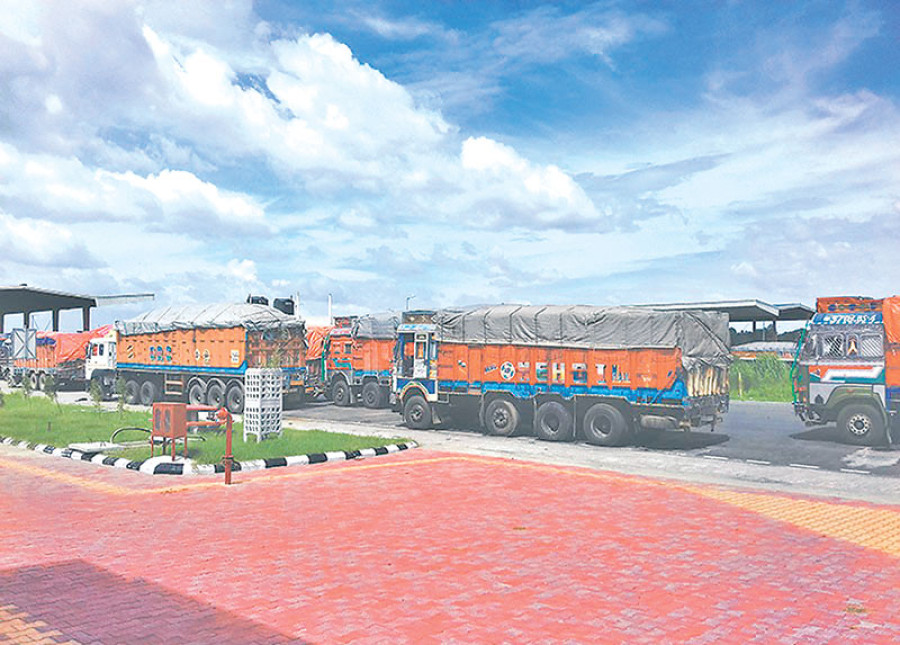Money
Nepal jumps up 10 spots in logistic performance index
Nepal has moved up 10 places to 114th position in the latest global Logistics Performance Index (LPI) report prepared by the World Bank.
Nepal has moved up 10 places to 114th position in the latest global Logistics Performance Index (LPI) report prepared by the World Bank.
Out of 167 countries surveyed by the multilateral lending institution, Nepal’s position has been improved in the LPI along with an improvement in customs procedures, trade logistics quality, tracking system and timeliness of delivery. This year, the country’s LPI stands at 2.51 compared to 2.38 in 2016.
The World Bank has been conducting the biennial survey since 2007.
LPI is the weighted average of the country scores on six key components of trade logistics that include efficiency of the customs, quality of trade and transport related infrastructure, ease of arranging competitively priced shipments, competence and quality of logistics services, ability to track and trace consignments and timeliness of delivery.
Among these indicators, Nepal performed dismally in the efficiency of clearance procedures at customs despite improving in 2018 compared to that of two years ago. The country’s index in customs efficiency was improved to 2.29 from 1.93.
The report shows that the country also improved in terms of competence and quality of logistics services, tracking and tracing and timeliness of delivery. Since the last three months, the government has implemented electronic cargo tracking system on the containers bound for Kolkata in India to Birgunj dry port.
Targeting to prevent pilferage of the imported goods in transit, India and Nepal in June 2017 signed a memorandum of intent to pilot the tracking system to ease transit of cargo by road and rail from Kolkata to four major customs points in Nepal: Birgunj via Raxaul, Sirsiya inland container depot via Raxaul, Biratnagar via Jogbani, and Bhairahawa via Sunauli.
Over the period, Nepal however, has failed to improve its quality of trade and transport related infrastructure with a fall in index to 2.19 from 2.27, shows the World Bank’s report. Similarly, the index of ease of arranging competitively priced shipments also fell to 2.36 from 2.50.
Prakash Singh Karki, president of Nepal Freight Forwarders’ Association, said the improvement in customs clearance procedures and development of a number of trade related infrastructures have led to an ease in doing trade cross the border. “However, the congestion at Kolkata port and unavailability of railway rakes to dispatch containers on time are still underlying problems,” said Karki adding that 800-900 containers are still stuck at the Indian sea-port due to this reason.
This time, Nepal landed in 8th position of the top 10 good performing low-income economies. While Rwanda is among the top performer in the group, countries such as Togo and Congo Democratic Republic have fallen behind Nepal.
The World Bank has stressed on simplifying documentation for imports and exports for trade facilitation agenda and has called for prompt initiatives to bring border agencies together and create a single window for trade. It has identified logistics skill shortages, restructuring global value chains, supply risk and recovery, digital transformation of supply chains, sustainability of supply chains, e-commerce driving demand chains, logistics property and infrastructure and collaborative business models as among the driving force of cross border trade in future.
Stressing on the need for improving the supply chain, the multilateral lending institution states that “Predictable, reliable supply chains are central to good logistics performance.”




 7.15°C Kathmandu
7.15°C Kathmandu












%20(1).jpg&w=300&height=200)
